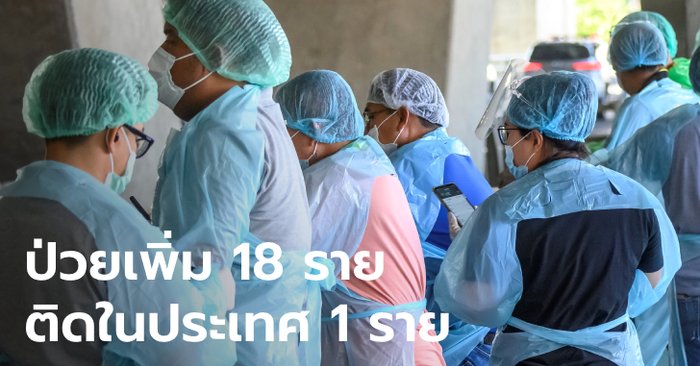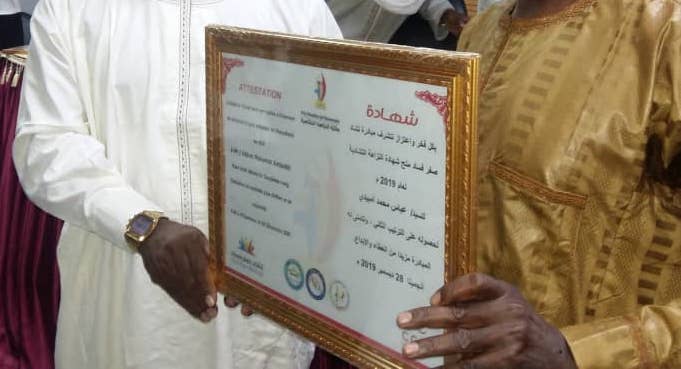Experts and academics from 8 countries participated in the lectures on “Readiness”, “Security” and “Transparency” inworkURAP2 Meeting
Found a discussion that seeks to find ways for everyone to recover in the event of a disaster in the future. Effectively discussed post-COVID-19 readiness at a two-day conference hosted by UNSW, Sydney Campus and SEEDS.
The disadvantaged group is the hardest hit. Both from natural disasters that are becoming more frequent as a result of climate change And the persistent epidemic, reflecting the devastating economic, social and political consequences.
In the midst of such a daunting challenge, the 2nd Urban Resilience Asia Pacific Conference (URAP2) is dedicated to addressing the critical issues of availability, stability and transparency. To build a resilient city, ready for disaster With a focus on the Asia Pacific region Which is a region with the fastest urban expansion in the world The conference was held over two days online. Between 3-4 December 2020, the Faculty of Built Environment, University of New South Wales (UNSW), Sydney Campus, in collaboration with Australia Pacific Security College, Harvard Humanitarian Initiative, ARUP Group and SEEDS.
UNSW’s Professor David Sanderson has asked such important questions: What can you do to continue to have hope? How is flexibility for everyone? When are these features most useful, and when should they be avoided? And how much do we open up when it comes to corruption?
One of the most buzzing issues is the common point of disaster, corruption and the built environment. Narrated by Dr. Ronac Patel, Director of Urbanization and Resilience for the Harvard Humanitarian Initiative, he emphasized: “The authorities are taking advantage of corruption. But vulnerable groups bear the aftermath of corruption. Which doesn’t just reflect financial crime But also a major problem in social justice. “
In addition, there are 65 more speakers from 8 countries comprising of academics. Research staff Non-profit organization (NGO), international development agency And government agencies That came together to discuss a wide variety of topics including disaster-related nomenclature. Construction capacity in conflict areas Energy flexibility Emigration Technology applications And financial assistance to restore the original state
Professor Mek Kean, director of the Australian Pacific Security College, emphasized the broad range of social and political readiness. As Mr. Kirsten McDonald of the ARUP Group pointed out the importance of implementing a strategy that is consistent with the area. To find the right solution for the future, SEEDS co-founder Dr. Anju Sharma stressed the uncertainty that might arise in the future. Along with raising evidence indicating that We cannot predict future needs by using past trends.
The conference also introduced many ways to help the participating organizations. And other agencies have worked together to solve the challenges of disasters that pose risks. Using a systematic approach Is comprehensive And modify the format as appropriate
The conference was broadcasted on UNSW’s YouTube channel (https://www.youtube.com/watch?v=DYM_dqT3Fcs, https://www.youtube.com/watch?v=EoL5bDoUBl4) with a larger audience. 1,000 people joined during the live event. Follow social media updates at the hashtag # URAP2.
Contact: Anuradha Singh
[email protected], [email protected]
– .


